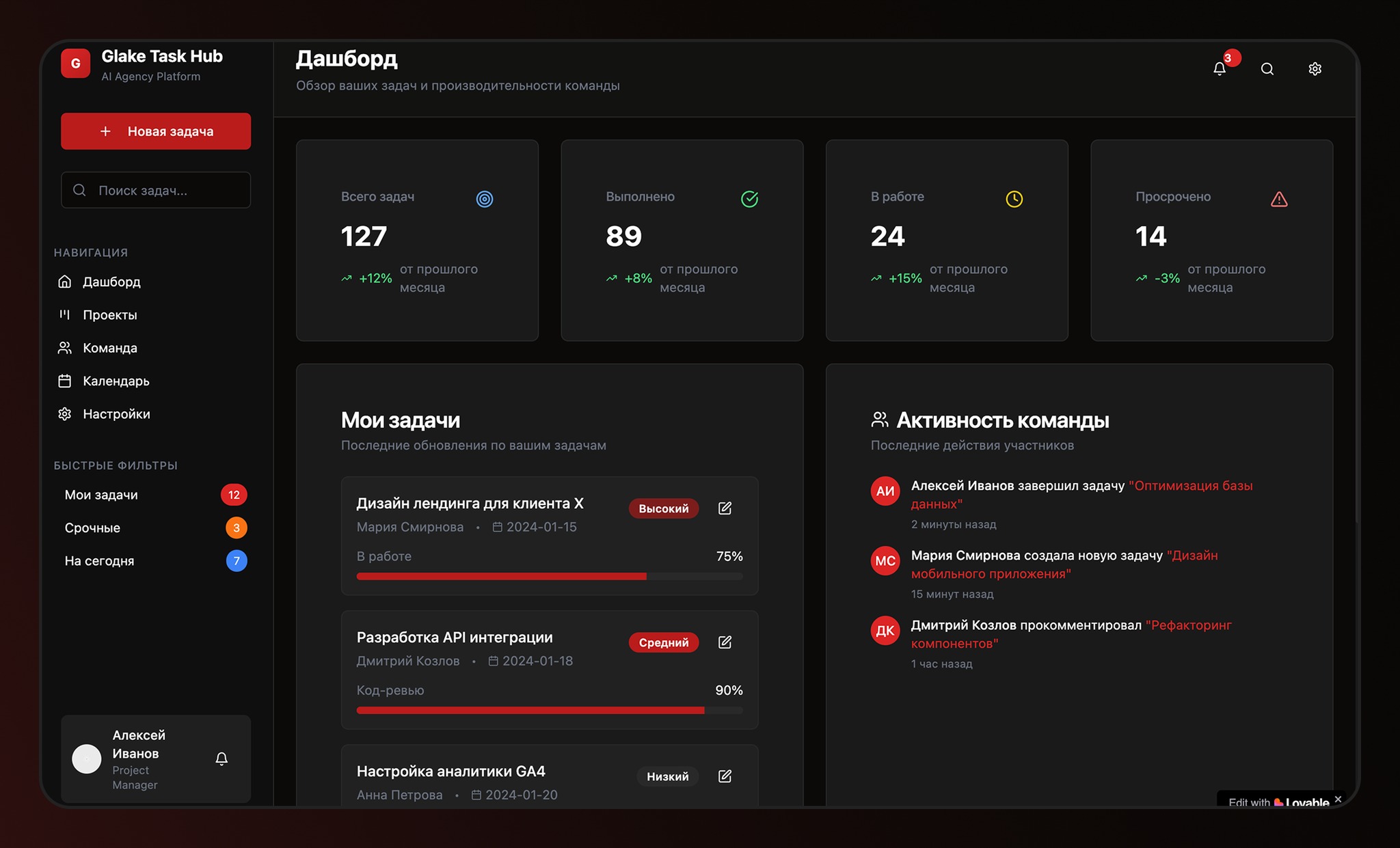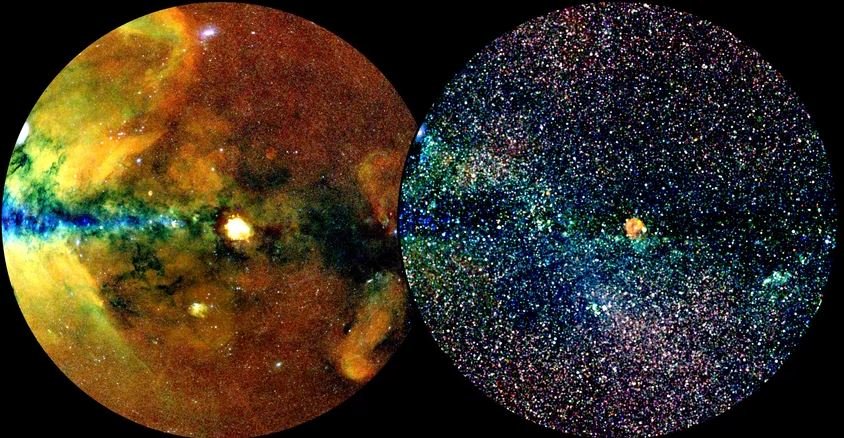After collecting and analyzing thousands of data from the German eROSITA telescope and the Spectrum-RG (SRG) satellite, a team of scientists used this information to create the largest catalog of high-energy objects ever produced. It was called eROSITA All-Sky Survey (eRASS1), Project scientists have discovered more than 900,000 different sources of cosmic objects that emit energy through x-rays.
The catalog presents a variety of celestial objects that emit high energy, such as massive exploding stars, active galactic nuclei and supermassive black holes. A study was published in the scientific journal Astronomy & Astrophysics to present relevant results.
Researchers say that since eROSITA began operations on July 13, 2019, it has discovered more high-energy x-ray sources than any other mission conducted in the past 60 years.
Based on the data, scientists suggest that the eRASS1 catalog will help seek answers to some important questions in astronomy, such as mysteries about the evolution of the universe and the constant expansion of space; The mission collected more than 700,000 signals about supermassive spacecraft. Black holes. Lately, Almost 50 scientific studies using map data have been published, in addition to 200 others using information collected by eROSITA.
“These are mind-blowing numbers for x-ray astronomy. “We detected more sources in 6 months than the major flagship missions
x-ray map
The eROSITA All-Sky Survey Catalog aims to use galaxy clusters to understand how dark energy could be accelerating the expansion of the universe, as well as being used to answer some scientific mysteries.
Fortunately, scientists who have written nearly 250 scientific articles are looking for much more; In fact, they have already included the discovery of more than a thousand galaxy superclusters in their work. In just one year, The eROSITA telescope was able to detect more than 170 million x-ray particles.
The map also provides data on 180,000 x-ray-emitting stars in our galaxy, as well as 12,000 galaxy clusters, binary stars, supernova remnants, pulsars, and others.
“The eROSITA collaboration has done an outstanding job publishing the data alongside all these incredible results. There is much more to come from us, and we are excited to see what the rest of the world does with publicly available data,” he said. Kirpal Nandra, one of the study authors and director of the Max-Planck Institute for Extraterrestrial Physics (MPE).
Did you like the content? Therefore, always stay up to date with the latest studies on black holes and massive stars at TecMundo. If you wish, take the opportunity to discover that the universe may be younger than we think.
Source: Tec Mundo
I’m Blaine Morgan, an experienced journalist and writer with over 8 years of experience in the tech industry. My expertise lies in writing about technology news and trends, covering everything from cutting-edge gadgets to emerging software developments. I’ve written for several leading publications including Gadget Onus where I am an author.












